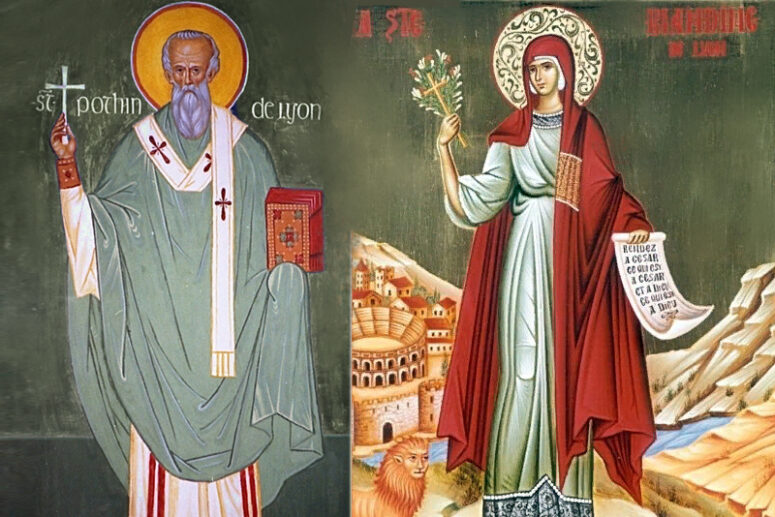
In 2017, the Russian Orthodox calendar was replenished with a group of saints who struggled in the cause of God in Gaul and other Western countries. Among other saints, whose memory was made worthy of universal veneration are the martyrs of Lyon (+ 177). They suffered during the golden age of the Roman Empire, often associated with the reign of the philosopher on throne Marcus Aurelius (161-180). What was it about the Christians of Lyon that displeased the Roman authorities so much?
The Message from the Lugdunum Church
In ancient times, the Orthodox churches, sometimes located at opposite ends of the Ecumene, kept in touch through their primates, as well as by sending district letters, usually testifying to their members’ martyrdom and faith. One of such ancient messages is a letter from Christians of ancient Lugdunum (modern Lyon, France) addressed to Christians of Phrygia and Asia (the Roman provinces on the territory of modern Turkey). Fragments of the epistle are preserved in the Ecclesiastical History of Eusebius (Euseb. Hist. Eccl. V 1-4). The letter details the events of about 177, giving an account of the torments that the Christians of Lugdunum suffered for Christ, followed by a list of the martyrs.
Apparently, the persecutions began spontaneously as part of the happening mayhem. Believers began to be expelled from the forum, thermal baths and other public places. The angry crowd began to mock the Christians, severely beat, rob them and drag them to prison. A possible cause of popular indignation, as it had happened before, could be a poor harvest, as well as the exhausting military campaigns of the Romans against the barbarians, who increased their raids. By order of the 13th cohort tribune, quartered in Lugdunum, as well as the civil authorities (the duumviri), the captured Christians were brought to the forum, where they were publicly interrogated and then again taken into custody until the arrival of the governor (legate of the Roman province Gallia Lugdunensis). The legate also acted ruthlessly and initiated further arrests throughout the province. All prominent representatives of the Christian communities of Lugdunum and Vienne (neighboring town) were captured. Slaves were forced to testify against their Christian masters, and some, under torture, falsely claimed that Christians practised “Thyestean banquets and Oedipean intercourse” (a reference to cannibalism and incest). After such rumors, even the previously loyal townspeople stopped supporting Christians. Most believers showed firmness in their faithfulness to Christ, whereas some ten of them expressed readiness to renounce.
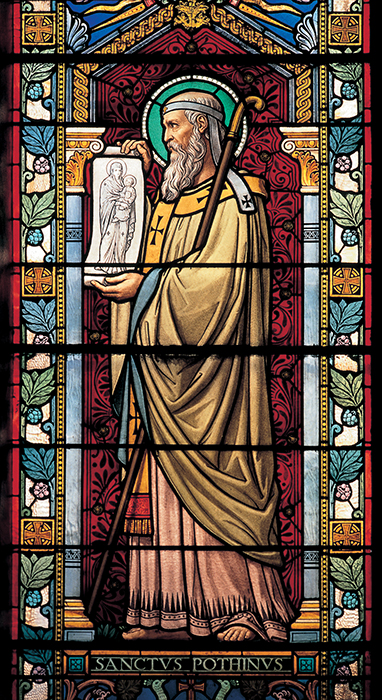
The First Torture and the Bishop’s Death
The Roman authorities showed extreme cruelty to the deacon Sanctus from Vienne, as well as to the neophyte athlete Maturos, an active community member named Attalus, visiting from Pergamum, and the slave woman Blandina. Blandina was brutally tortured, but she continued to call herself a Christian and insisted on the innocence of her fellow believers. Deacon Sanctus refused to give any evidence at all, repeating only that he was a Christian. The executioners tortured him with red-hot copper plates, but they were unable to get any testimony from him. Badly mutilated, he was thrown back into the dungeon. The torturers must have been thinking that he would die of his wounds, but the deacon miraculously survived and was then tortured again. Against all expectations, the Christians who had renounced their faith were not released, but continued to be held in prison, tortured and being accused of murder and debauchery. The prisoners were held in unbearable conditions with not enough air and were tortured on a rack. Many Christians have died because of that, including the aged Bishop Pothinus of Lyons. Voluntarily appearing before the judge and professing to be a Christian, he endured many beatings from the rabble, avenging their “offended” gods. The half-dead saint was thrown into prison, where he died two days later.
The Solemn Execution
The Martyrs Maturos, Sanctus, Blandina and Attalus were sentenced to be torn apart by animals during a public performance. At the spectators’ request, the martyrs were to be scourged, thrown to loose wild animals (the beasts did not touch Blandina, tied to the pillar, and they took her back to the dungeon), put on a red-hot iron chair, and stabbed alive at the end of the performance. Attalus was put in front of the crowd, carrying a sign “Attalus Christian”. Eventually, it turned out that Attalus, like many other detained Christians, was a Roman citizen, which forced the authorities to suspend their execution and await a separate rescript from the emperor. Waiting for a messenger from Marcus Aurelius, the apostates repented and professed Christ.
The emperor ordered the execution of persistent Christians and the release of the apostates. The execution of all the Lyon Christians was appointed on the upcoming holiday of “all peoples” (all Gallic provinces). Similarly to St Paul the Apostle, Christians with Roman citizenship were beheaded, while the rest were thrown to wild beasts. Oddly enough, Attalus, despite his status as a Roman citizen, was again subjected to a red-hot chair. The last to be killed were Blandina and her 15-year-old brother Ponticus. They were forced to look at the torments of their brothers and urged to take oaths to the gods. When Ponticus died, unable to withstand the torment, they cast Blandina in a net and threw her before a bull. The mutilated bodies of the saints were not allowed to be buried for 6 days, and then, deciding to deprive the martyrs of the “hope of resurrection,” they burned their bodies and threw the ashes into Rodan (the Rona River).
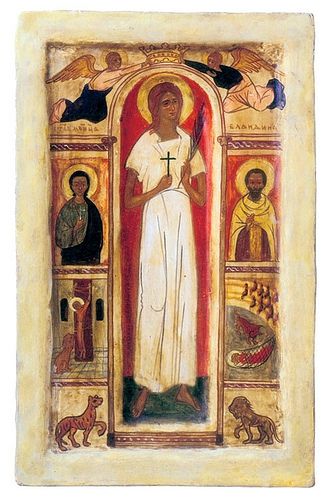
This is how the martyrs of Lyon died. The glory of their martyrdom soon spread throughout the empire. St Pothinus was succeeded by the famous apologist Irenaeus of Lyon, continuing the theological tradition of Bishop Polycarp of Smyrna. The death of the martyrs did not shake the Gallic Church, but, on the contrary, invigorated it and commanded respect of the entire Christian world.
Holy Martyrs of Lyon, pray to God for us!


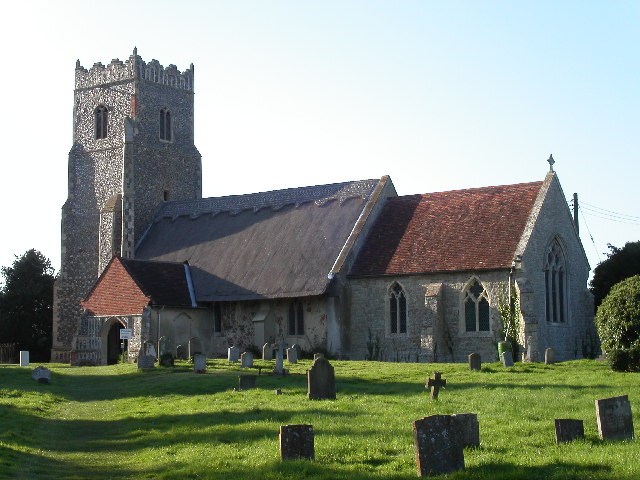
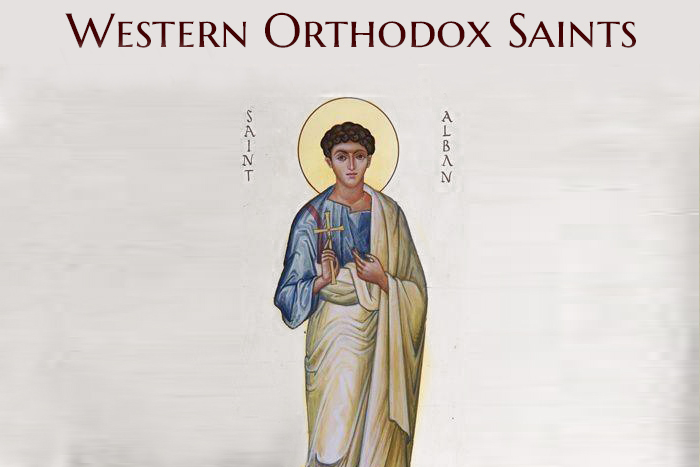
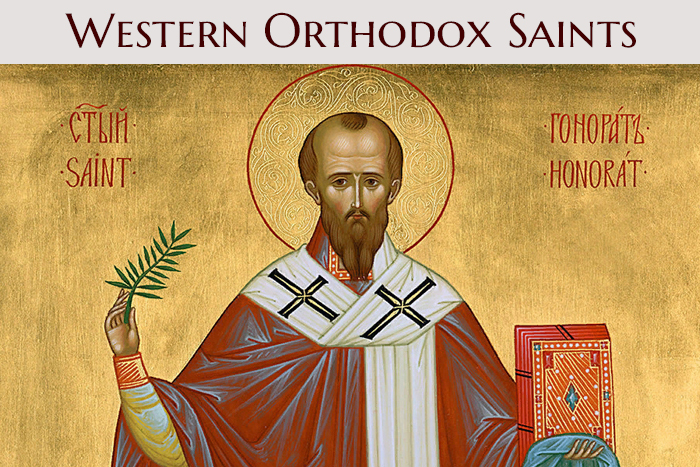
Thank you so much!
It is odd when orthodox ressources concerning early christian martyrs are hard to find and only Roman catholic ones are available. So , glad you published this article.
God bless
Kyria